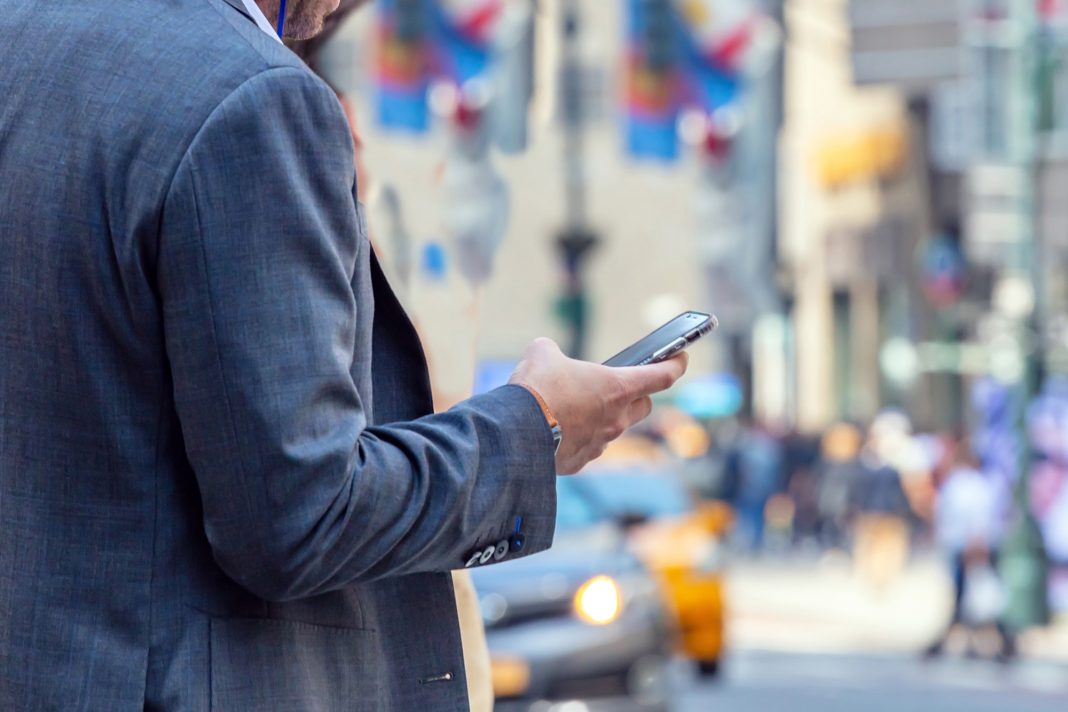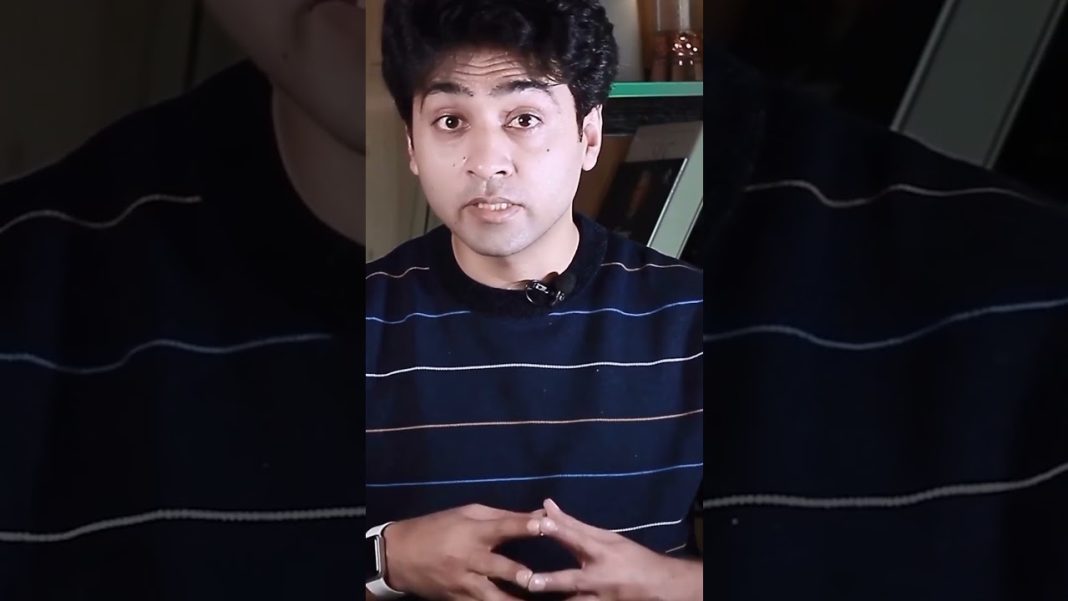New York City, a vibrant metropolis known for its bustling streets and diverse communities, is on the brink of a significant telecommunications change: the potential introduction of a new area code. This change stems from a pressing need, as the existing area codes—347, 718, 917, and 929—are projected to be exhausted by the end of 2026. The proposal focuses on the boroughs of the Bronx, Brooklyn, Queens, Staten Island, and the Marble Hill section of uptown Manhattan, reflecting the city’s ever-growing population and technological demands.
On the horizon, the state Public Service Commission is set to conduct two virtual public hearings, presided over by Administrative Law Judges Nicholas Planty and James Costello. These hearings, scheduled for Tuesday, aim to gather public input on the petition for this new three-digit code. If approved, the new area code would only be assigned to new numbers, ensuring that current residents with existing numbers will retain their current area codes. This structured approach is designed to maintain continuity for New Yorkers while accommodating future growth.
Historically, the 212 area code was established in 1947 as the original code for all five boroughs. As New York City expanded, so did the need for additional area codes. The 718 area code was introduced in 1984, followed by the emergence of the 917 area code in 1992, and the 347 area code in 1999. The most recent addition, the 929 area code, was implemented in 2011, demonstrating the city’s ongoing adjustment to a rapidly changing telecommunications landscape.
The North American Numbering Plan Administrator, responsible for overseeing phone numbers across 20 countries, including Canada and the Caribbean, submitted a petition in May for the addition of this new area code. The urgency of the request is palpable; the administrator has asked for the new code to be implemented six months ahead of the anticipated depletion of the existing codes, indicating a proactive stance to prevent potential issues related to number scarcity.
Should the new area code not receive approval, alternative measures will be considered. One such plan involves removing the boundaries between the current area codes, which could lead to a more fluid and adaptable numbering system. This would allow numbers from any of the existing area codes—212, 332, 646, 917, 718, 347, and 929—to be assigned without geographic limitation.
As the city prepares for these hearings, it raises an important question: how will this change impact the everyday lives of New Yorkers? While the addition of a new area code may seem a minor adjustment, it has far-reaching implications in a city where communication is vital. The transition could affect everything from business operations to individual connections, especially in a time when digital communication is more important than ever.
Experts suggest that these adjustments are not merely administrative; they reflect a larger trend of urban growth and the increasing need for connectivity in an era defined by technology. As cities continue to evolve, the ability to adapt infrastructure to meet the demands of modern life becomes crucial.
In summary, New York City’s potential new area code represents more than a numerical change; it symbolizes the city’s resilience and adaptability in the face of continuous growth. As residents await the outcome of the hearings, one can only hope that this step will facilitate smoother communication for all New Yorkers, paving the way for a more interconnected future.

